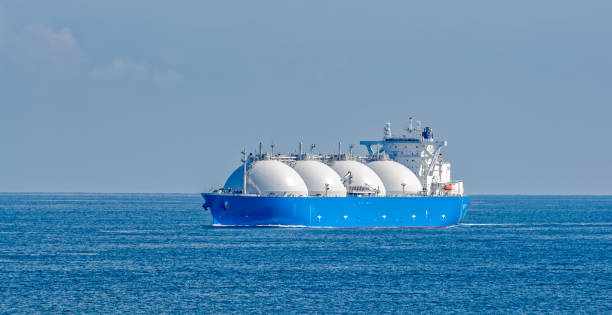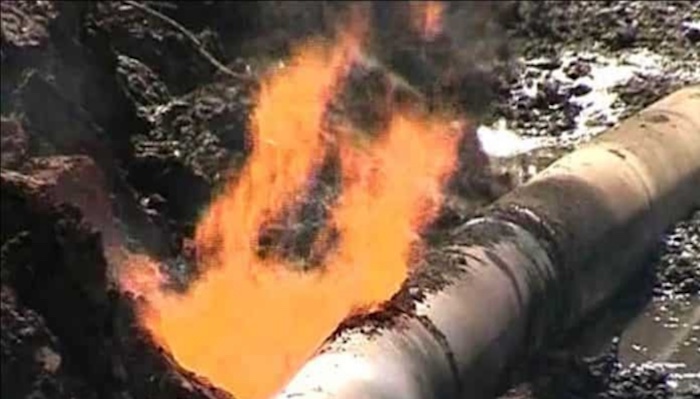The global trade in Liquefied natural gas rose 6 per cent to 380 million tonnes in 2021 on the back of higher demand as economies recovered from the coronavirus-induced slowdown and countries focused on cutting emissions.
China, the world’s second-largest economy, and South Korea led the growth in LNG demand in 2021. China surpassed Japan to become the world’s largest importer amid a strong rebound from the pandemic, with its imports growing by 12 million tonnes to 79 million tonnes, according to Shell’s latest annual LNG Outlook report obtained by Persecondnews.com.
“Last year showed just how crucial gas and LNG are in providing communities around the world with the energy they need as they strive to get back on track following the difficulties caused by the Covid-19 pandemic,” said Wael Sawan, director of integrated gas, renewables and energy solutions at Shell.
“As countries develop lower-carbon energy systems and pursue net-zero emissions goals, focusing on cleaner forms of gas and decarbonisation measures will help LNG to remain a reliable and flexible energy source for decades to come.”
LNG is natural gas that turns into a colourless and non-toxic liquid when cooled to about minus 162°C (minus 260°F). The cooling process shrinks the volume of the gas, making it easy to ship and store.
It can be used for cooking and heating, as a fuel for commercial vehicles, generating electricity, manufacturing products such as fertilisers, paints and medicines.
Global demand for LNG, which can contribute to better air quality and lower green house gas emissions in the power sector, is projected to grow by up to 5 per cent annually over the next 20 years.
This makes LNG ideal for the transition to a low-carbon energy future, supporting a mix of fuels that are expected to help countries to balance energy demand with their clean energy goals.






































Leave a comment